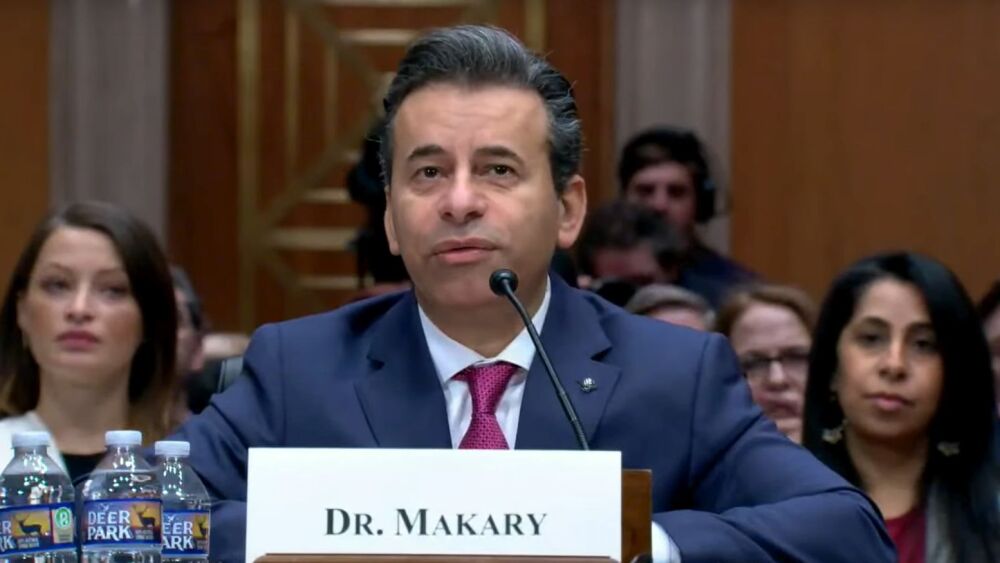In a late-stage study, most Huntington’s disease patients reported that their symptoms of chorea were “much improved” or “very much improved” following treatment with Neurocrine Biosciences’ VMAT2 inhibitor Ingrezza.
Pictured: Man sitting in a chair holding his forearm/iStock, Tharakorn
In support of a New Drug Application, Neurocrine Biosciences on Thursday posted interim results from the ongoing Phase III KINECT-HD2 study showing that its Ingrezza (valbenazine) capsules can improve chorea in patients with Huntington’s disease.
The FDA approved the use of Ingrezza, a vesicular monoamine transporter 2 (VMAT2) inhibitor, for the treatment of chorea in Huntington’s disease (HD) in August 2023. A month later, the regulator accepted an NDA proposing to administer the drug as oral granules. The target action date for the application is April 30, 2024.
According to the latest data, scheduled for presentation at this week’s Annual Meeting of the Huntington Study Group, 60.9% of patients deemed their chorea symptoms “much improved” or “very much improved” after six weeks of treatment with Ingrezza. At the same time point, 58.9% of study investigators similarly rated the patients’ symptomatic improvements.
By week 50, around 75% of patients and investigators said that symptoms were “much improved” or “very much improved.”
Chorea refers to the involuntary movement disorder that is common in HD. It is characterized by irregular, unpredictable and uncontrollable jerky motions, often involving the arms, legs and facial muscles, and typically compromising gait, speech and swallowing.
Thursday’s interim findings from KINECT-HD2 suggest that Ingrezza treatment can elicit improvements in chorea as early as week two—even when taking the lowest dose of 40 mg—and that these benefits persist through 50 weeks of follow-up, according to Neurocrine’s announcement.
In terms of safety, the most common treatment-emergent adverse events in KINECT-HD2 were falls, fatigue and somnolence, all of which were consistent with what had been established for Ingrezza in prior trials.
Neurocrine CMO Eiry Roberts in a statement said that these safety and efficacy data point to the “clinically meaningful and sustained improvements” in chorea symptoms that patients can derive from Ingrezza treatment.
Earlier this week, ahead of the KINECT-HD2 readout, Neurocrine released its third-quarter financial report, touting net product sales of $486 million for Ingrezza, which represents 29% year-over-year growth. This was driven by strong prescription demand for the drug and the “continued high level of new patient scripts” in the third quarter, according to the company.
Neurocrine can expect to see an even better market performance from Ingrezza, especially as the FDA recently greenlit a label expansion and might soon allow a new formulation of the drug. Buoyed by strong demand, Neurocrine raised its net sales guidance for Ingrezza to $1.82 billion to $1.84 billion.
Tristan Manalac is an independent science writer based in Metro Manila, Philippines. He can be reached at tristan@tristanmanalac.com or tristan.manalac@biospace.com.






